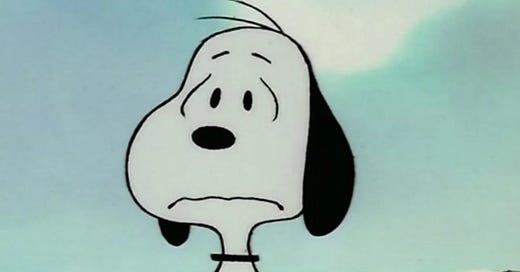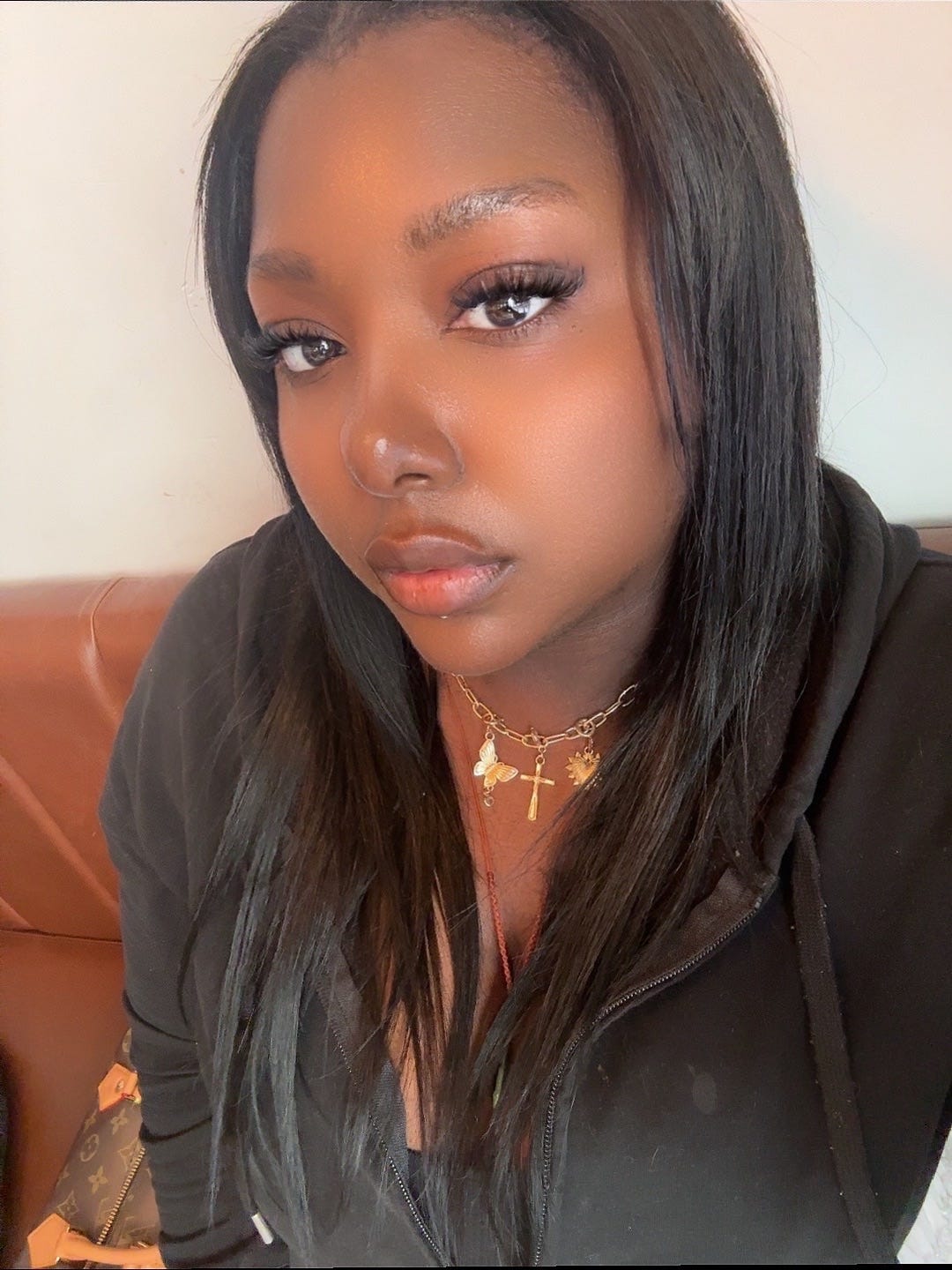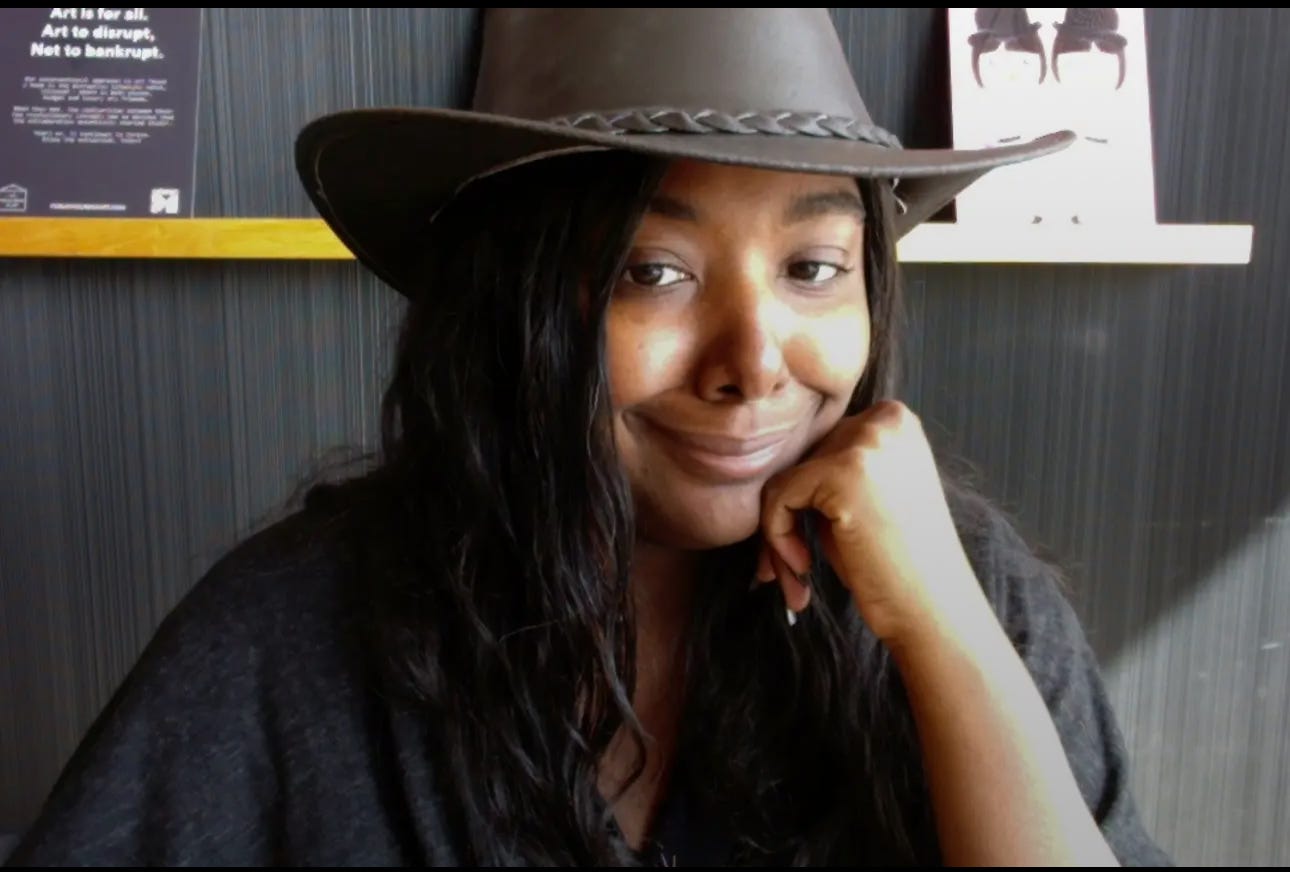I write this at thirty-three years old—the age of death and resurrection in Christian theology, depending on what you believe. I begin here not to invoke divinity, but to acknowledge a turning point. A reckoning. A transitional moment in which I am forced to look at the composite of my life—its fragments, its fixations, its ruptures—and name the shape of my mind for what it has always been: autistic.
As a child, I was described as “sensitive,” “disruptive,” or simply “too much.” These are euphemisms for pathology when applied to girls—especially black girls—who do not conform to the expected norms of emotional and social behavior. My hyperactivity was not seen as a regulatory strategy for sensory input, but as poor discipline. I was not seen as struggling, I was seen as difficult. The diagnostic frameworks around autism were never built to include me. They were built to study boys. White boys. Boys who lined up their toy trucks, not Black girls who memorized historical timelines and cried when patterns broke.
I did not receive a diagnosis until my late twenties. That delay is both statistically common and structurally informed. Autistic women are often undiagnosed or misdiagnosed, and black autistic women live under layers of misrecognition. The world does not see us because it was not trained to. What looks like neurodivergence in one child is labeled aggression in another. And so I moved through the world not as someone with a neurological difference, but as someone who needed correction. I was constantly corrected. I internalized the idea that I was broken long before anyone could explain to me what that brokenness meant.
Today is April 2, 2025. It is World Autism Awareness Day. It is also my birthday.
When I disclose my diagnosis, I am often met with resistance. People struggle to reconcile autism with someone like me—articulate, expressive, politically active. Their mental image of autism is both infantilizing and masculinized. They imagine a child who rocks back and forth, who doesn’t speak, or a savant with no social awareness. They do not imagine a black woman who can critique fascism and capitalism in the same breath as she recounts her favorite moments from an ancient civilizations documentary. I exist outside the frame. And rather than expanding that frame, many people choose disbelief.
I do not feel inadequate in comparison to others. That is a neurotypical framework—this endless benchmarking of self-worth against progress and optics. My sense of inadequacy is something the world has projected onto me. I was told I was too intense, too emotional, too smart in ways that weren’t charming. Too much to handle. I have been othered since childhood. I was bullied by students, misunderstood by teachers, and rarely offered closure or explanation. My commitment to literal meaning was punished. My emotional dysregulation was pathologized, never contextualized. I was not seen. I was not understood. And I learned to disappear into the space between those two facts.
Autistic people are rarely allowed to take up space. Our discomfort is read as rudeness. Our refusal to perform social pleasantries is labeled cold or aggressive. When we withdraw, we are called moody. When we mask, we are praised for being “high-functioning,” a term that flattens survival into performance and erases the cost of that performance.
We are often exploited. People assume we are too trusting, too isolated, too eager to belong. Our labor, emotional or intellectual, is extracted with the expectation that we won’t complain. When we finally speak—when we name harm or express need—we are dismissed. Our protest is framed as instability. Our truths are reframed as dysfunction. And once again, the problem becomes us.
Substance use is common among autistic adults. It is a form of self-management. A strategy. A muting. Not because we are inherently self-destructive, but because the noise of the world—its contradictions, hypocrisies, microaggressions, and violences—is too much to metabolize without numbing agents. When we drink, or use, it is often not to feel pleasure but to feel nothing. And feeling nothing, for many of us, becomes the safest option.
The average life expectancy for an autistic person is between 34 and 38 years old. At thirty-three, I understand why. The world is not designed for us. We are underemployed, underdiagnosed, misrepresented, and left to navigate bureaucracies without support. We are expected to participate in a system that punishes difference and rewards compliance, all while hiding the mechanisms of its harm. Burnout isn’t a risk—it is a certainty.
What is rarely addressed in both disability and feminist discourses is how frequently autistic women are targeted for sexual violence. We are often unaware that harm is happening until it is too late. Our discomfort is overlooked. Our social hesitations are read as passivity. Predators know this. They rely on it. And when we speak out, we are too often disbelieved. Autistic women, especially black autistic women, are at a significantly higher risk of assault. The statistics are alarming, but what’s more alarming is how little public conversation there is about it. Our pain is invisibilized. Our silence is misinterpreted. And our survival is treated as incidental, rather than intentional.
In middle school, I wore 1950s costumes because I was obsessed with post-war American history. I would talk at length about Eisenhower, about Grease, about desegregation and the Cold War. I was ridiculed for it. Physically harassed. Socially exiled. In my twenties, the ridicule became more insidious. I was gossiped about by people who styled themselves as progressive. I was positioned as too angry, too critical, too much. In my thirties, I am told I am not enough—not educated enough, not palatable enough, not commercially viable enough. These are just new tools for an old violence.
Even speaking about injustice is seen as threatening. Especially in the art world, where the language of care is often used to cloak extraction. Institutions commodify trauma but punish dissent. Naming power, naming harm, naming whiteness or capitalism or misogynoir, makes one dangerous. And I have been punished for being dangerous.
But I am still here. Sober. In community with other neurodivergent people. Reclaiming the obsessions, patterns, and rituals that were once used to isolate me. I no longer ask for permission to be whole. I no longer explain my difference.
At thirty-three, I want to live—not survive, but live. That means care at my own pace. That means rest that is not earned but assumed. That means finding love that is not conditional upon performance. That means telling the truth, even when the world rewards the lie.
To those newly diagnosed, or silently navigating your difference: You are not defective. You are not the burden. You are not wrong.
It is the world that is misaligned.
We do not need fixing. We need protection. We need resourcing. We need each other.






